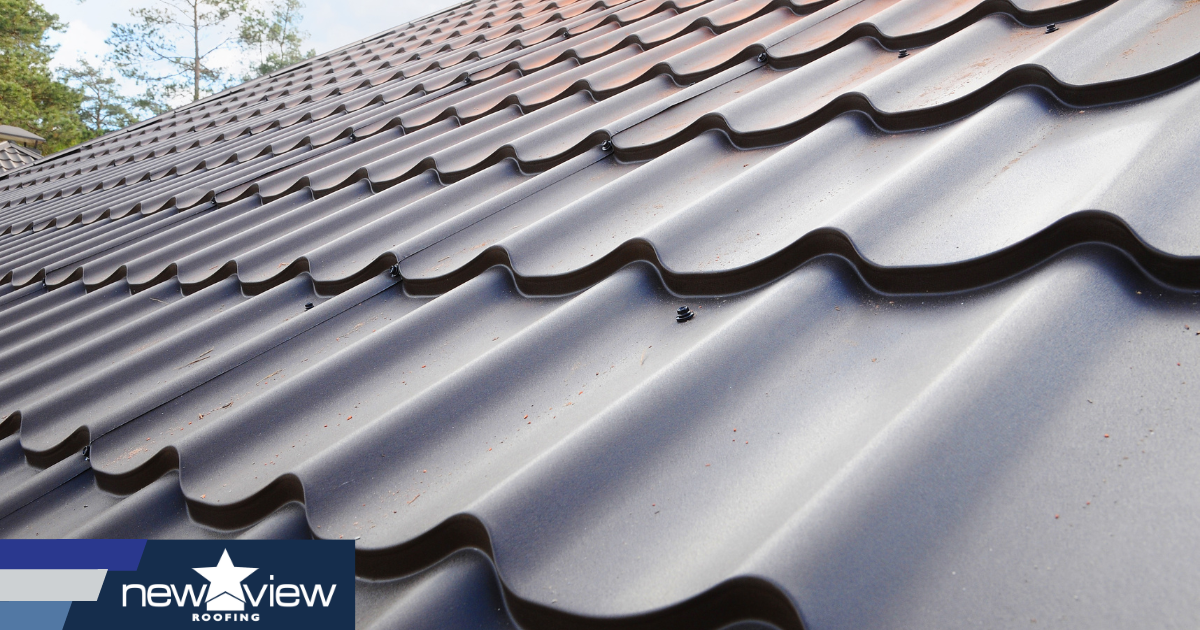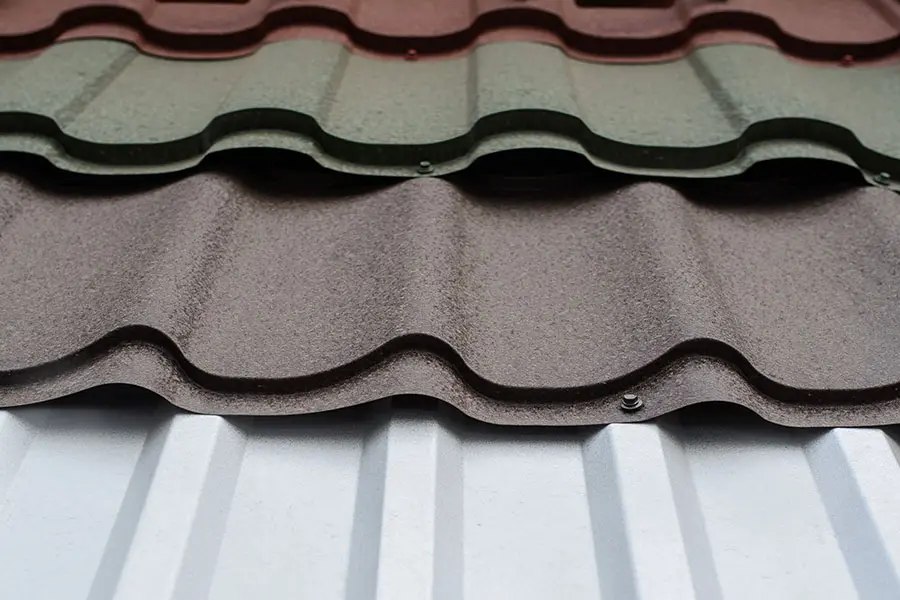The Advantages of Collaborating With Gainesville FL Roofing Companies
The Advantages of Collaborating With Gainesville FL Roofing Companies
Blog Article
Best Practices for Ensuring Correct Roof Covering Air Flow
A balanced intake and exhaust air vent ratio, generally 1:300, plays a crucial function, with intake vents preferably positioned at the lower edge of the roofing for awesome air access and exhaust vents at the height for warm air departure. Keeping insulation away from vents is important to protect against airflow limitation.
Understand Ventilation Fundamentals
Effectively comprehending ventilation fundamentals is crucial for ensuring the longevity and effectiveness of roof systems. Efficient ventilation alleviates moisture buildup and temperature extremes in the attic room, both of which can bring about significant structural damages in time. A well-ventilated roof covering assists in avoiding usual concerns such as mold and mildew development, wood rot, and ice dams, which can jeopardize the integrity of the roof covering products and the underlying frameworks.
The key objective of air flow is to promote the movement of air, enabling a regular exchange between the outdoor and interior settings. This equilibrium is accomplished through a mix of intake and exhaust vents that work with each other to maintain optimal air movement. Consumption vents, normally situated along the eaves or soffits, enable fresh air to enter the attic space, while exhaust vents, frequently situated at or near the roof covering ridge, allow hot, moist air to get away.
Key factors influencing the efficiency of roof ventilation include proper placement, appropriate sizing, and ensuring that both intake and exhaust vents are unblocked. Normal examination and maintenance are critical to determine possible blockages, damages, or inadequacies in the ventilation system, consequently guarding the roofing's efficiency and resilience.
Sorts Of Roofing System Vents
Roof covering vents play a vital duty in preserving effective attic air flow and, by extension, the general health of the roof covering system. Numerous kinds of roof vents are available, each with distinct benefits tailored to specific roof covering needs. Ridge vents, for instance, are set up along the roof's optimal, permitting warm, humid air to get away from the attic. They provide continuous air flow and blend flawlessly with the roofline, making them both effective and visually pleasing.

Soffit vents are mounted under the eaves and operate in tandem with roofing vents to ensure a well balanced intake and exhaust system. By enabling cooler air to go into from below, soffit vents assist in the expulsion of warm air through upper vents. Gable vents, located on the outside wall surfaces of the attic, deal an additional effective option, specifically in homes with gable roofs.
Analyze Your Current Air Flow

Next, think about the age and problem of your roof materials and air flow parts. Older systems may not adhere to existing building regulations or might have degraded in time, minimizing their performance. Conduct a complete assessment to determine any kind of signs of damage, such as corrosion, damages, or gaps that can compromise the system's performance.
In addition, measure the attic room temperature and humidity degrees. High temperatures and moisture can suggest inadequate ventilation.
Setup Best Practices
Effective installation of roof covering air flow systems is paramount for guaranteeing optimal performance and durability. Appropriate installment begins with comprehending the specific air flow demands of the roofing system and the structure it covers. This entails calculating the right ratio of intake to tire vents, normally sticking to the 1:300 regulation, which stipulates one square foot of ventilation for every 300 square feet of attic room flooring room.

The positioning of vents is just as important. Intake vents must be installed at the roof's lower side, usually in the soffits, to allow cool air to go into. Exhaust vents, on the various other hand, must be set up near or at the roof's height to facilitate the departure of warm, wet air. This produces an all-natural airflow that assists maintain temperature and dampness balance within the attic room room.
Seal all air vent links thoroughly to avoid air leaks and possible water seepage. Use high-grade materials and follow supplier guidelines to ensure durability and efficiency. In addition, incorporating ridge vents with baffles can substantially enhance airflow efficiency by protecting against wind-driven rainfall and snow from this content entering the attic.
Eventually, accurate installation of roof covering air flow systems reduces potential problems such as mold and mildew development, ice dams, and structural damage, guaranteeing the roof's honesty and the structure's overall health.
Regular Upkeep Tips
Consistency in maintenance techniques is basic to making sure the lasting performance of roof air flow systems. Normal examinations are vital, ideally carried out biannually-- in the spring and fall. Throughout these evaluations, guarantee that vents are free of particles, nests, and various other blockages that could impede air flow. Look for any kind of indications of moisture buildup or mold, as these can indicate inappropriate ventilation or leaks (roofing companies gainesville florida).
Use a soft brush or a vacuum to eliminate dirt and particles from consumption and exhaust vents. Be cautious not to damage the air vent screens or louvers during the process.
Correct insulation is equally vital. Make certain that attic insulation does not obstruct the vents, as this can drastically restrict air flow. Reposition or replace it to keep a reliable obstacle. if any insulation has actually moved or settled.
Last but not least, change any type of damaged or missing out on parts quickly. Busted vents, broken shingles, or shabby flashing can all add to inadequate ventilation and ought to be dealt with right away. Regular maintenance ensures that the roof covering air flow system operates ideally, consequently extending the lifespan of the roofing system itself.
Verdict
Ensuring correct roofing air flow is extremely important for preserving the efficiency and longevity of a roof. Adherence to click the 1:300 consumption and exhaust vent proportion, coupled with the critical positioning of vents, is vital. Normal semiannual evaluations, debris cleaning, and making sure insulation does not obstruct airflow are critical techniques. Executing these best techniques will foster a well-ventilated roof covering system, thus reducing possible problems associated with moisture accumulation and too much warm, inevitably prolonging the roof covering's life expectancy.
A well balanced intake and exhaust air vent proportion, typically 1:300, plays a crucial role, with consumption vents ideally placed at the reduced side of the roofing system for great air entrance and exhaust vents at the optimal for warm air leave. Consumption vents, usually situated along the eaves or soffits, enable fresh air to enter the attic area, while exhaust vents, usually situated at or near the roof ridge, allow warm, moist air to get away.
Soffit vents are mounted under the eaves and job in tandem with roofing system vents to make sure a well balanced consumption and exhaust system. By allowing cooler air to go into from below, soffit vents promote the expulsion of hot air through top vents. Adherence to the 1:300 intake and exhaust vent ratio, combined with the critical positioning of vents, is important.
Report this page